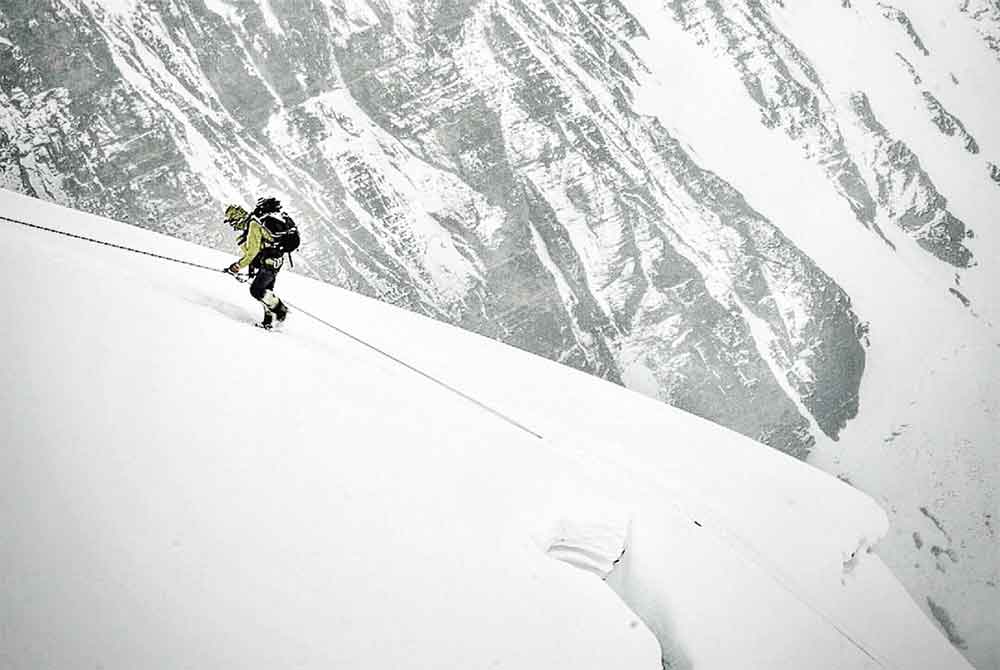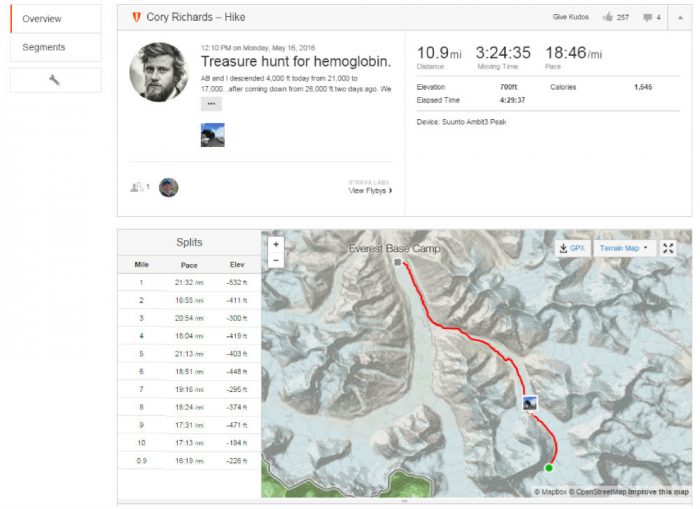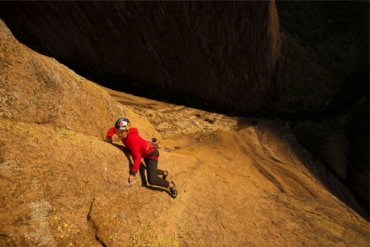Last week, thousands of fitness nuts had the chance to analyze the heartbeat of someone taking steps high on the towering slopes of Mount Everest thanks to the ingenious idea of two mountaineers and their Strava accounts.
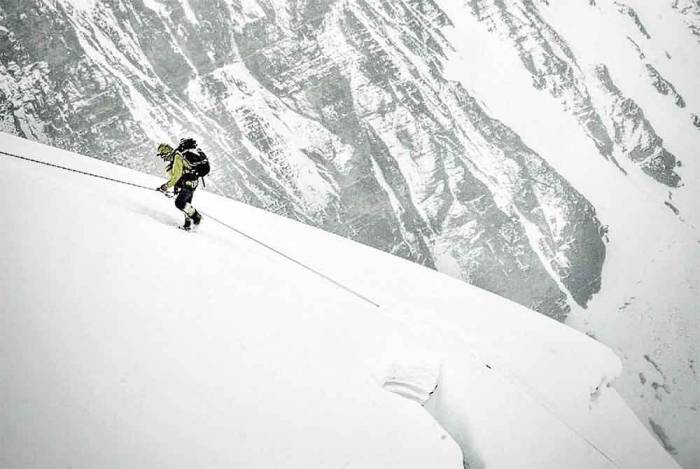
Ever wonder what your heart rate looks like on Everest, or the pace it takes to get to the top? Cory Richards and Adrian Ballinger’s recent socially-documented ascent to the highest point on Earth — without supplemental oxygen — provides day-by-day snapshots of the physical demands of Everest.
The duo tracked their data and posted in realtime to a rapt audience that encouraged them every step of the way — sharing route, climb, heart rate, pace, and distance data. Strava and Snapchat were the communication tools, and the pair used phones from their tents as well as on the mountain.
There are some significant gaps in the data due to altitude and remoteness (and likely frozen batteries, too). But a look at the accounts (click their names above) provides some cool insights.
Richards, Ballinger Attempt On Everest
On May 24th, Richards reached the summit alone after Ballinger’s core body temperature plummeted and hypothermia symptoms developed. The two safely returned home this month to scores of new Strava followers.
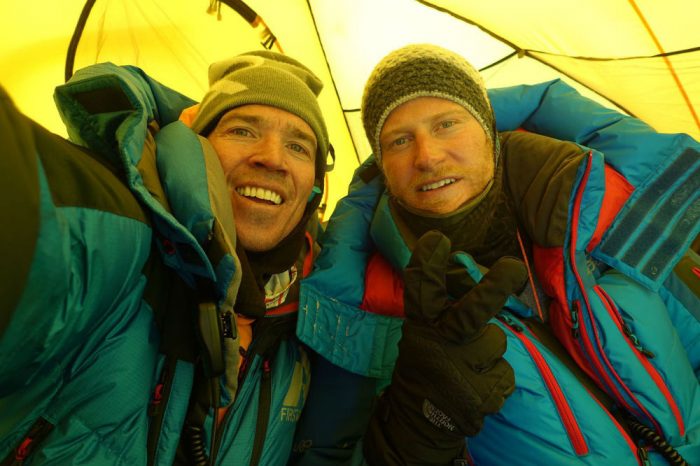
In April, we reported as the two embarked on the remarkable climb — only 200 people are known to have summited Everest sans supplemental oxygen — and their announcement that they would Snapchat throughout their journey.
Those ephemeral snippets entertained hundreds of thousands of curious Snappers (according to page view data), but the Strava information offered an unprecedented look at the exhausting slog up and down the mountain as the pair slowly acclimatized over the month-long climb.
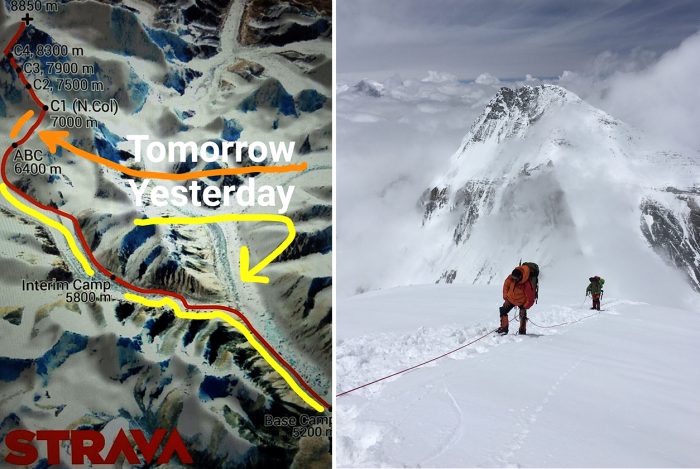
The data shows the erratic pace as Ballinger and Richards ascend at over an hour-per-mile pace, then descend to build blood cells at 16-minute-mile trots.
A lot has happened on Everest in the last few years, much of it tragic. It’s nice to see a story of perseverance that the whole world can rally behind – in realtime, via Strava and “snaps.”
